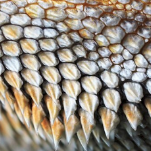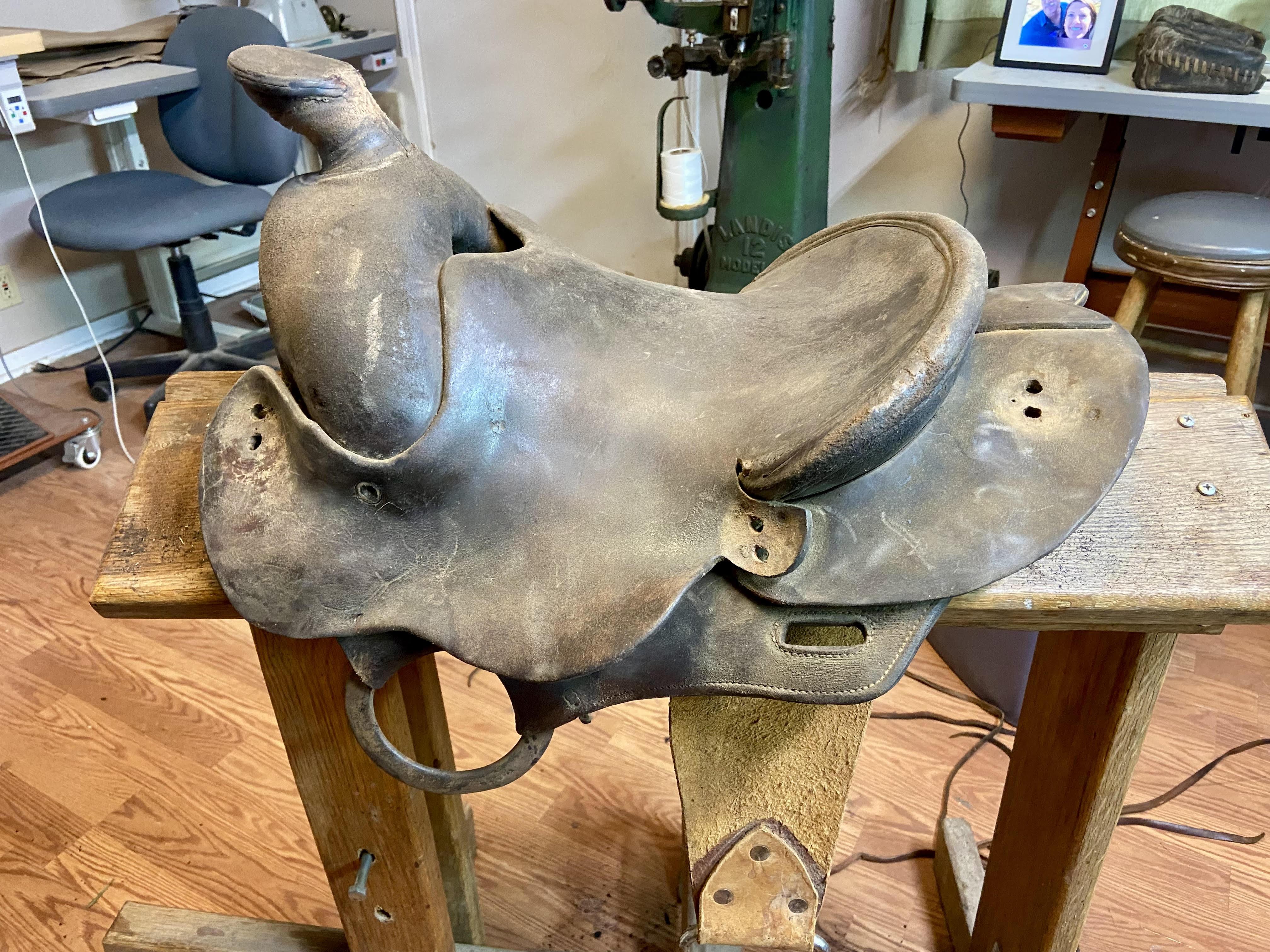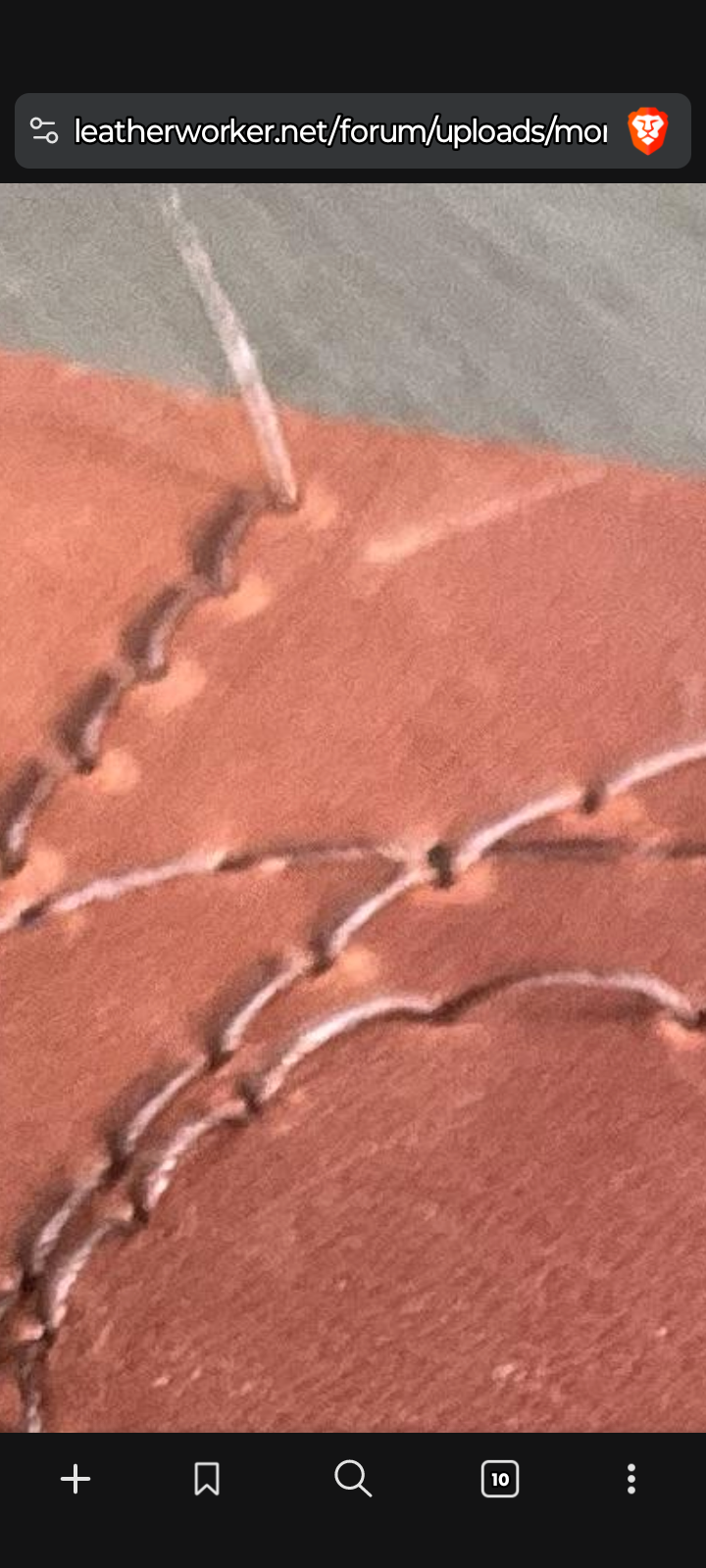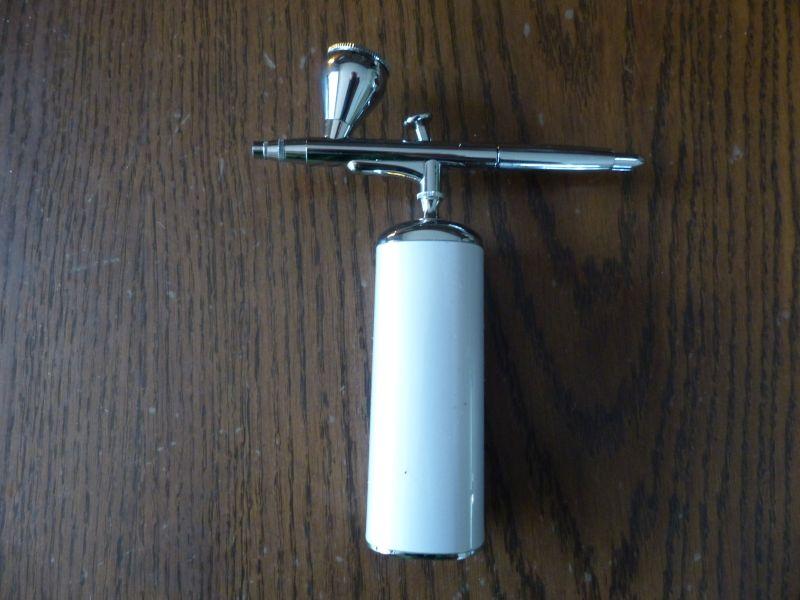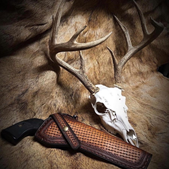All Activity
- Today
-
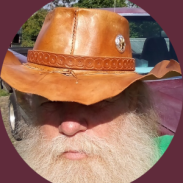
Markdown or other programmatic entry
AlZilla replied to friquant's topic in Feedback and Suggestions
Top left corner, click "Source" and paste away. I think that's what your asking for. Wouldn't your BOLD tags be in whatever you typed up? -
Welcome to the group. Nice work. It looks great!
-
You might get more traction in the "computer help" subtopic. All ways I know of posting involve shrinking things to 800x600 pixels. Hosting files is a different beast, you could try GoogleDrive or something (but then, only people with Google accounts would click on your links).
-
I think some of your problem is you are using Tex 270 (V277) which the machine is not rated for. The 341 / 1341 clones of the Juki LS 341 or 1341 are rated for a #24 needle which will accept Tex 210 (V207) but the machines typically will only sew that in thinner material. A lot of clone machines rate their machines on the max size thread you can stuff through the eye of the needle vs Juki rates their machine on what it can sew with the max size top thread and bobbin thread in max. sewing thickness. That is why you see the Juki LS-341 or 1341 rated for V138 thread not V207. Insert bobbin in the top cap and through the tension spring so the bobbin spins counter clockwise when you pull on the end of the bobbin thread. I leave about 4 to 6 inches of end thread dangling. Place the bobbin and cap in the palm of your left hand. With your right hand grab the end of the bobbin thread and lift the bobbin case of your hand. If there isn't enough tension the bobbin will just spin in your hand and probably fall to the floor. You should be able to lift the bobbin and case off your hand otherwise you have to tighten the little screw by turning it clockwise about 1/8 of a turn. You do not want to flat that little spring or unscrew the screw to much as if the screw comes out chances are you will never find it. Try again. When you get the tension just about right you should be able to lift it off your hand. Once you can lift the bobbin off your hand try giving the end of the thread a couple of quick jerks it should cause the bobbin to spin slightly and yet be lifted off your hand. kgg
-
Sorry. I was quoting a line out of "Have a Cigar".
-
Hello, I'm a hobbyist who's sold some things on the side so far. I've gotten so much out of this forum thought I should make an account as well. Been trying to make a variety of things, quite enjoying small bags currently. Still all hand cut, punch and stitched at this stage. Here's the latest, a bag I made for my mom. Exterior is using Salmon leather and is lined with Kangaroo leather. The back piece was a dark blue bridle. Thanks for having me!
-
How does one do the drop test with a vertical hook shaft? I tried it but the bobbin fell out of the bobbin case cap.
-
I just saw this post today (7/22/25), and it was the first time I learned of Jerk’s last name. I have a Jerk saddle on a 12.5” tree that had to have been built in the late 1940s or early 1950s. My grandfather had Jerk make it for my Dad and Uncle to ride as kids. My Dad was born in 1941 and uncle a couple years later. My uncle was riding this saddle along with a guy named Dub McQueen moving cattle in a thunderstorm when Dub was struck by lightening. It killed Dub and both horses, but my uncle survived. If memory serves correct, he was 9 years old at the time. Dub’s saddle is in the museum in Thermopolis, WY and I think still bears the burn scars of the lightning strike. About the time I turned 9ish they had Wilsey Barrett (I think Jerk taught Wilsey) in Powell, WY refurbish it so that I could ride it. He made 2 sets of fenders and stirrup leathers, one smaller and the other larger, so I would be able to ride it as I grew. I rode it and then my sister did some and a half dozen other cousins and kids, and even my first two kids rode it some up into the early 2000s. I was making my first saddle about 1997 and Wilsey mentioned that he though Jerk was still alive at that time and teaching 4H kids leatherwork somewhere in Montana. Anyway, I had it in a storage shed that recently went through a wildfire, and I’m assessing the damage. The tree looks to have northwest bars and I was always told it was a Chuck Shepard…sorta looks like one. The tree and ground seat seem to be ok, but most of the exposed leather is pretty scorched. I’ll probably rebuild it for the grandkids, just trying to decide exactly what I want to do. Originally it was rough out. And it has a horribly uncomfortable seat…can be compared to riding a 55 gallon drum! Lol.
-
Territorian joined the community
-
That makes sense. I may try this. Thanks. In between the p and the I is a pink spot. Funny enough it’s the first time trying this tiny squeeze bottle. Very first time I tuned it upside down it splattered all over. Damn. I guess it’s a feature now! Thanks everyone for the great suggestions. I will repost once fixed. Or added to
-
This happened to me a couple days ago on my Jianglong 341. The TEX 270 thread would be inside the tension disks at the beginning of the seam, but by the end of the seam the tension disks would be flat together with the thread only skirting their perimeter. That's when I decided to add some tension to the smaller/auxiliary tension disks right next to them, which I had never found a use for previously. But it seemed to keep the thread properly seated in the main tension disks.
-
I have to get another bobbin spring because I have over tightened it.
-
I used to get longer (or shorter) stitches when turning tight circles on my pfaff 535. I was driving it like a racecar, meaning taking the corner at a constant, appropriate speed and rotating the fabric (cardboard, actually) at a smooth, constant rate. The center of pressure of the feed dog was not concentric with the needle, but rather more aft and off to one side. So when the needle was in the air, the fabric (cardboard, actually) would rotate around that offset center of pressure. It would make one length of stitches going straight. But longer stitches turning left, and shorter stitches turning right.
- Yesterday
-
@Cihowe I would do the drop test for tension on the bobbin thread. If it needs to be adjusted turn the tension spring screw a 1/8 of turn at a go. If you over tighten that screw it will flatten the bobbin thread tension spring and you will have to replace the spring. Once those have been over tighten they are never right afterwards and you will never get consistent bobbin tension. kgg
-
Is markdown or html or some other markup supported in these textarea boxes? I typically store my notes in markdown on my local machine, make edits there, and then copy/paste into the textarea to publish. Is there a way to have headers from my markdown file show up as Bold in the textarea, without needing to manually select with mouse? Any suggestions welcome.
-
By the way, which one's Pink?
-
-
This shows the difference in stitch length. But, style points for hitting that stitch hole in the middle twice!
-
To many unknowns to start with. i) what model of sewing machine are you using?? ii) what thread size are you using?? iii) what size of needle are you using?? iv) is the machine threaded correctly??? Need photo's showing thread from spool to the eye of needle?? v) Did you do a drop test or use some other method of setting the bobbin tension???? My take: When you make a circle type seam manually without using a circle guide the sewing speed and controlled movements both have to be properly matched. Particularly with drop feed machines there can be a tendency to twist / turn / move the material to quickly. With drop feed and walking foot machines there is definitely points in the sewing cycle where there is no downward pressure on the material. If you move the material at one of those points you can drag up from the bobbin extra thread and get poor stitches. Those poor stitches do not necessarily appear at that stitch point but in the following stitches because there is so much slop / extra thread in the bobbin thread which then can become a self compounding issue. My observation: At your starting point of the seam you did not lock your stitches and the knot / loop is visible. The knot / loop should be buried in the leather which usually indicates a tension problem. If you don't lock your stitch it will cause a tension issue. Typically 3 stitches (4 holes) forward and then reverse back through those holes and then do your seam. Another method is start your seam the distance 4 holes in would be and reverse back 3 stitches then forward. The second method reduces the amount of thread in each hole by 1/3. kgg
-
That looks great! I’ve been wanting to make one for mine as well. I think you may have just inspired me!
-
Very nice work!
-
I don't know if I'm seeing it right or if it's some kind of optical delusion, but the stitches on the bottoms of your circles look much longer than the lead in stitches at the top. None of the stitches really look taut to me, anyway. In these pictures at least, it doesn't look so much random as it seems to happen when the circle gets really tight. The holes look a little big, too. Are you using the right size needle? No answers, just an observation. Definitely looking forward to the solution.
-
97-10 Resources, Singer Class 97
Cumberland Highpower replied to Grigg's topic in Leather Sewing Machines
I think the original needles are going to be hard to find. I believe they're out of production by everyone and the lack of needles is what has pushed many away from the old 97's. I passed on one for that reason. What type of work do you plan to sew? I don't think I really ever stitched anything in leather over 11/16" Can always be a need for capacity though. Oil? Use straight 30W oil. Allot of the more modern, heavy machines use a 30W with a tackifier added (Basically 30w bar and chain oil). Old machines have allot of wear anyway and that helps a bit. Most of the little machines like a 31 you cite use a lighter weight oil, basically a spindle oil. Any oil is better than no oil, but that's too light for a 97 or any cast iron monster for that matter. -
I can’t understand how it sew so good going straight but somehow looses tension when turning a radius. Check disc spring is holding pressure on thread until needle enters material. Adjustment screw in check disc is just left of center. Also change needle and retreaded with no help.


